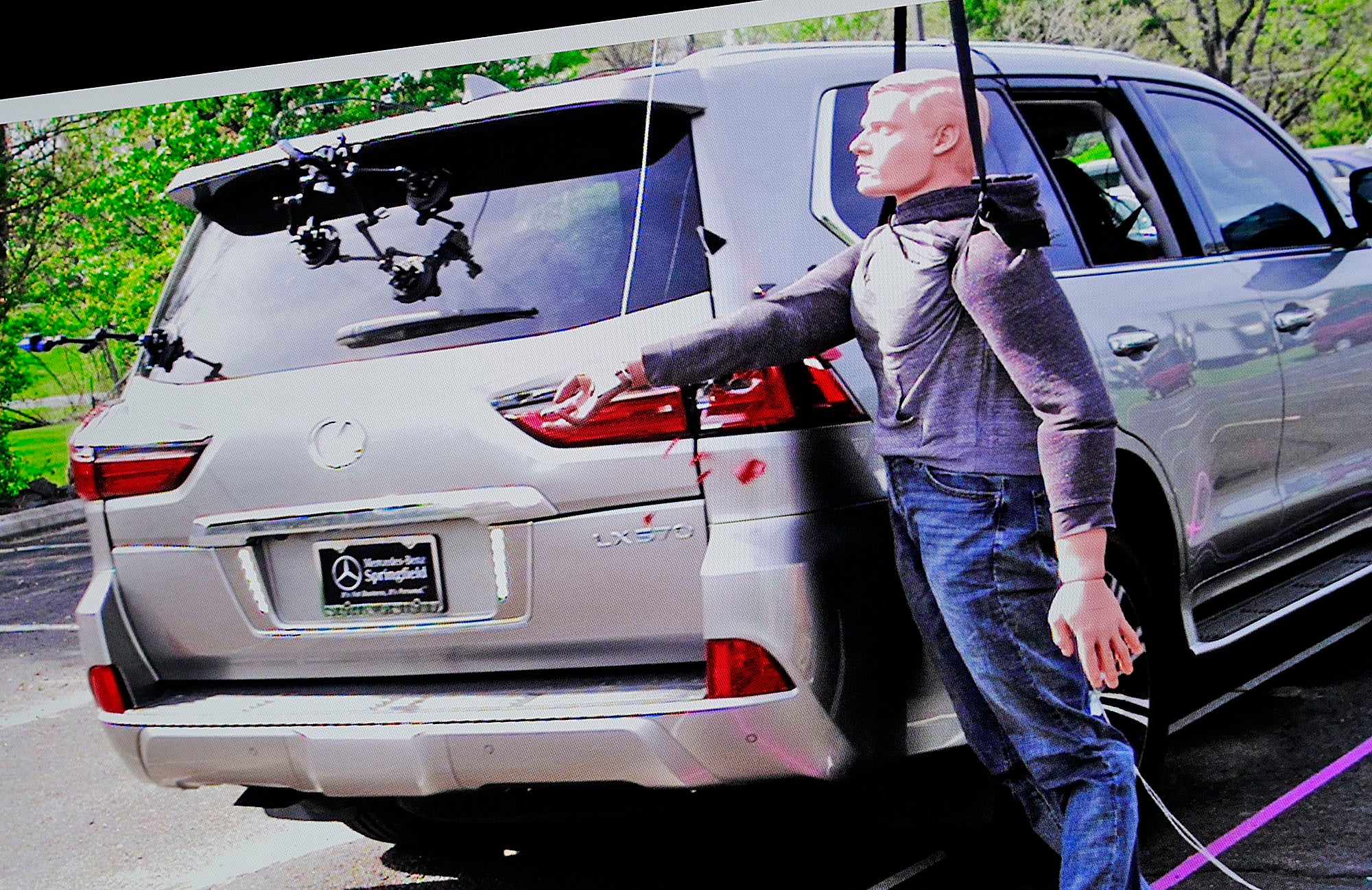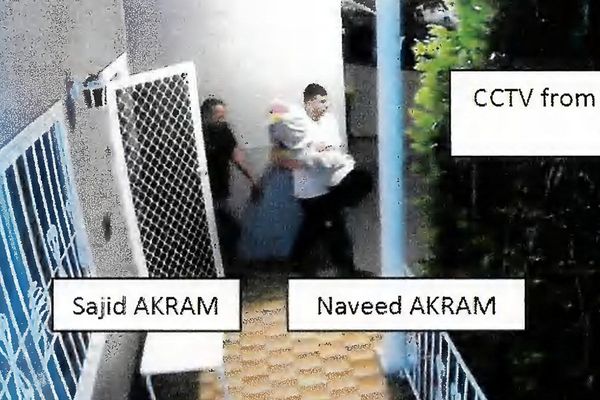A month after being acquitted of killing her Boston police officer boyfriend, Karen Read is asking a judge to force prosecutors to return two key pieces of evidence from the case: her Lexus SUV and her cellphone.
In a motion filed Monday in Norfolk Superior Court, Read’s defense team requested the immediate return of her 2021 Lexus LX 570 and personal phone, both of which were seized by investigators during the murder investigation.
Read, 45, was charged with second-degree murder for allegedly striking O’Keefe with her SUV and leaving him to die outside a friend’s house in January 2022. Last month, she was found not guilty on all major charges, including murder, manslaughter, and leaving the scene. The jury did, however, convict her on a lesser charge of operating under the influence.
In the filing, her defense team attempted to negotiate with Assistant District Attorney Adam Lally for the release of the property in late June, shortly after Read’s acquittal, but never received a response, they claimed. They say both items remain in the custody of Massachusetts State Police and should be returned “immediately.”
Read’s Lexus played a central role in the prosecution’s case, which hinged on the theory that she backed into O’Keefe with the vehicle, shattering a taillight in the process.
Throughout the trial, prosecutors focused on forensic evidence, including broken taillight fragments and digital data extracted from the Lexus and O’Keefe’s phone.
One prosecution expert, Grant Welcher, analyzed time-stamped data from a secure digital card inside the SUV’s control module.
He testified that Read’s Lexus made a three-point turn and then reversed more than 50 feet, just minutes after O’Keefe was dropped off. Welcher claimed the SUV accelerated in reverse at roughly three-quarters throttle.

To bolster the theory, Welcher also conducted a reenactment using a similar vehicle. He demonstrated how blue paint from the taillight transferred to his arm, matching the pattern of O’Keefe’s injuries.
Still, he acknowledged that small changes in a pedestrian’s position could significantly alter the outcome.
In the end prosecutors also struggled to demonstrate that O'Keefe's injuries were consistent with being struck by a vehicle. They acknowledged not knowing how he was hit, and an accident reconstruction video they produced was panned by the defense since no one knows where he would have been standing.
Meanwhile crash reconstruction experts testified for the defense that O’Keefe’s injuries were inconsistent with being hit by a large vehicle. Instead, the defense argued, O'Keefe was beaten up at the party.

Read’s cellphone was also used to gather data and map out her movements the night O’Keefe died.
During the trial, the defense questioned friend Jennifer McCabe about her misspelled web search: “hos long to die in cold.”
The defense argued that McCabe searched the words just before 2:30 a.m., but prosecutors said it was after O’Keefe was found at Read's request.
McCabe was also asked why she never went in the house after finding the body, suggesting that she already knew they were safe inside. No one from the home came outside as police and paramedics gathered.
The defense did not prove that someone else killed O'Keefe, but it was apparently able to create enough reasonable doubt for jurors.
With the trial now over, Read’s legal team says it’s time for her property to be returned.







